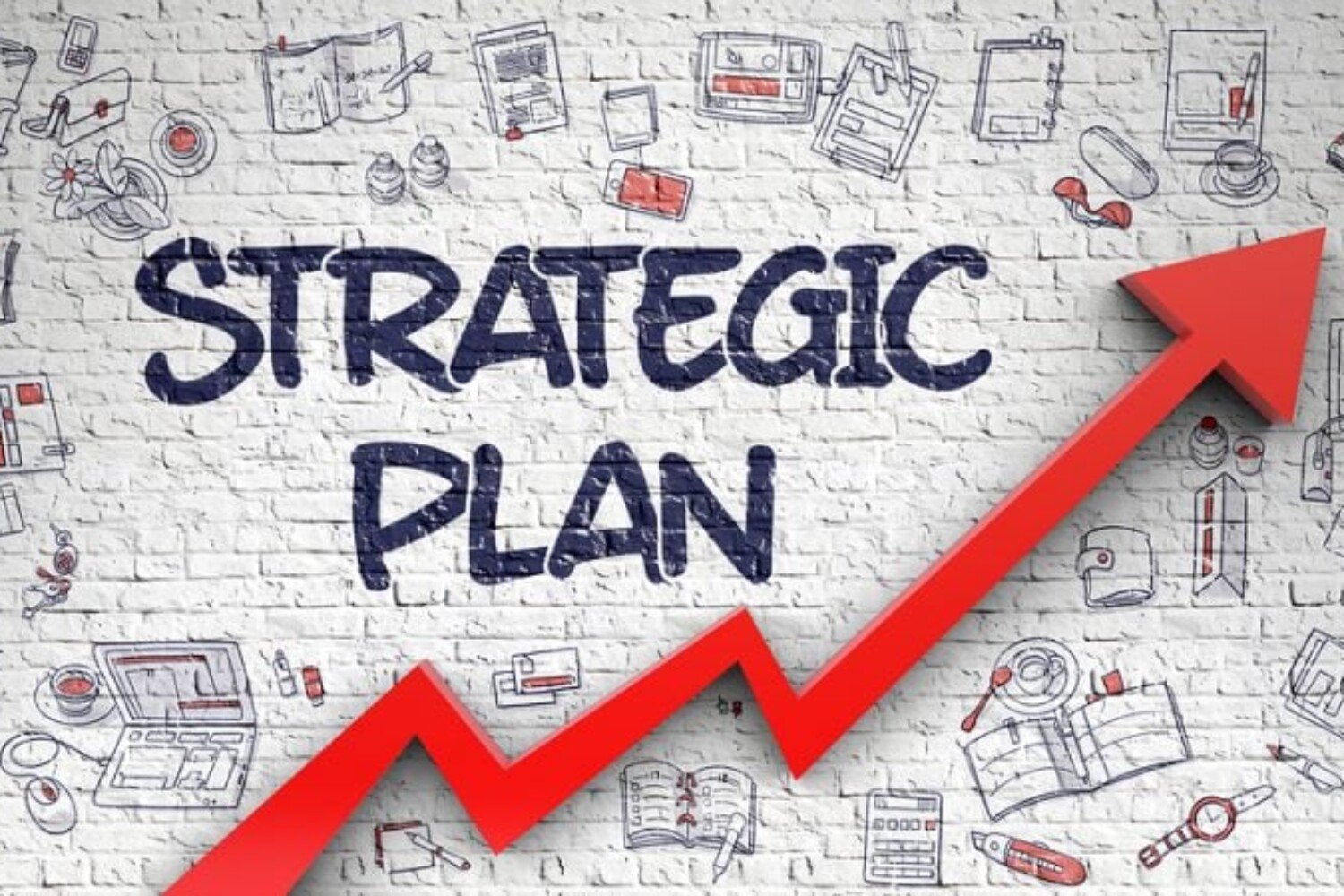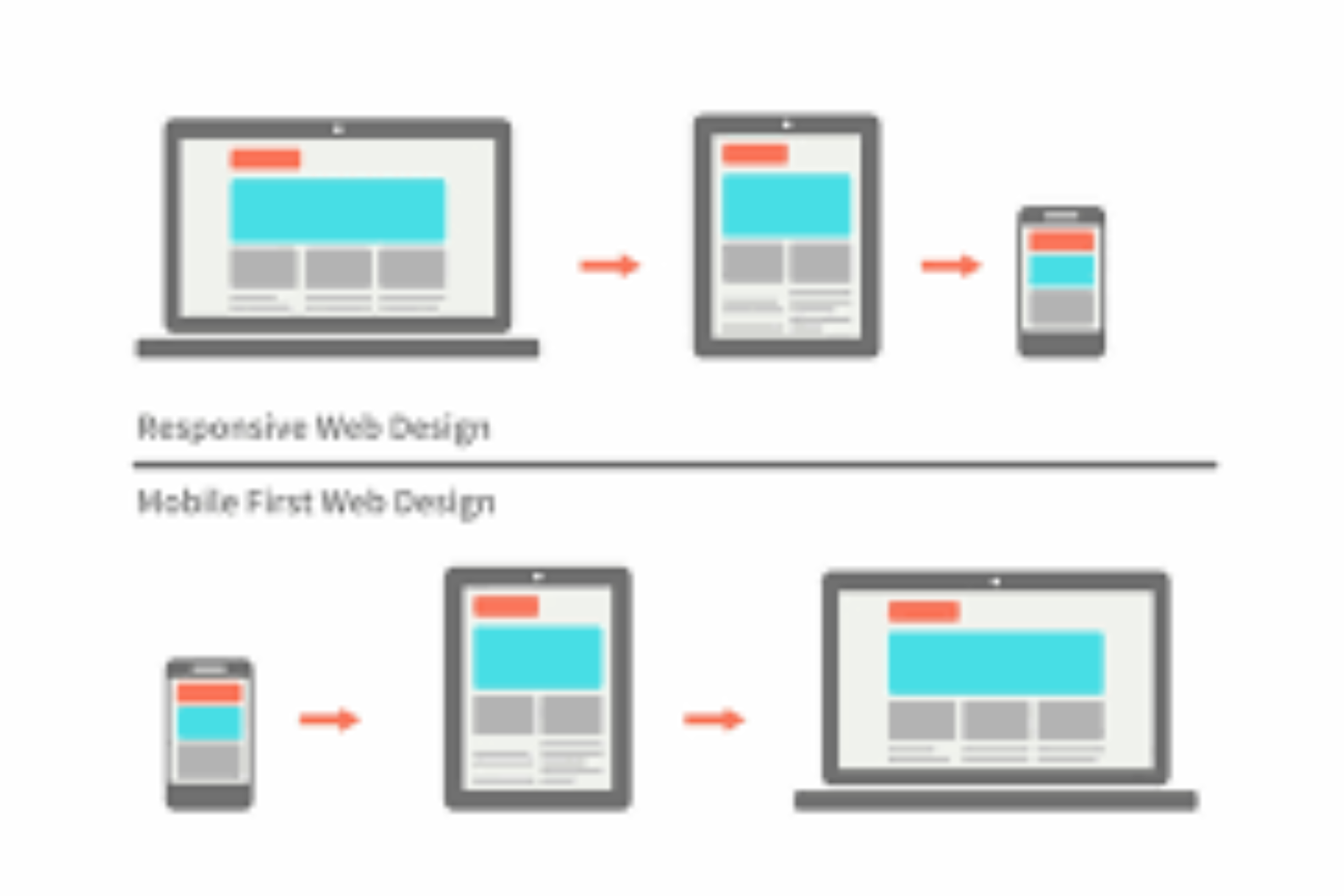Website Development
In today’s digital age, a well-designed and functional website is essential for businesses to establish an effective online presence. Website development encompasses the process of designing, creating, and maintaining websites that are visually appealing, user-friendly, and optimized for performance. Let’s explore the key elements of website development and how it can help businesses succeed in the digital landscape.
Planning and Strategy:
Website development requires strategic thinking, understanding business goals,and user experience. A well-defined strategy guides decisions on structure, functionality, content, and design aesthetics, ensuring alignment with brand identity.
Visual Design and Branding:
Visual design is essential for website development, ensuring appealing layouts, colors, typography, imagery, and brand identity. Consistency with guidelines improves brand recognition and user experience.
User-Centered Design:
User-centered design is crucial for effective website development, focusing on intuitive experiences, understanding audience needs, and utilizing research, information architecture, and wireframing for user-friendly navigation and engaging interactions.
Content Creation and Optimization:
Content creation and optimization are crucial for engaging website visitors and effectively communicating brand messages. This involves concise, persuasive copy, visuals, multimedia, and optimizing for search engines.
Responsive and Mobile-First Design:
Websites must be responsive and optimized for mobile viewing, ensuring seamless experiences across desktops, tablets, and smartphones. A mobile-first approach prioritizes design and functionality for optimal user experience.
Functional Development:
Functional development involves website development, coding, programming languages, and backend technologies to create interactive elements, forms, database integration, and e-commerce functionality.






